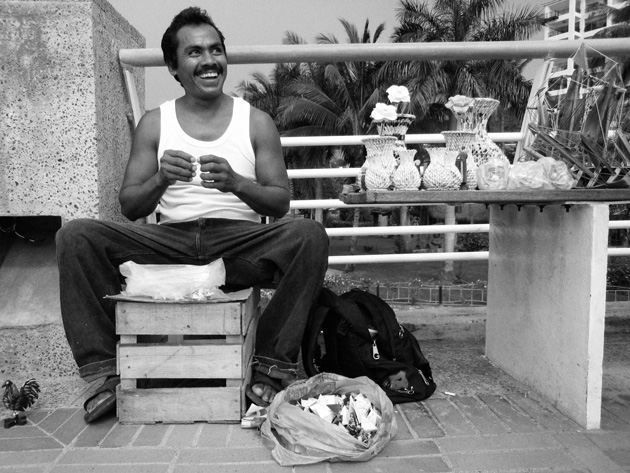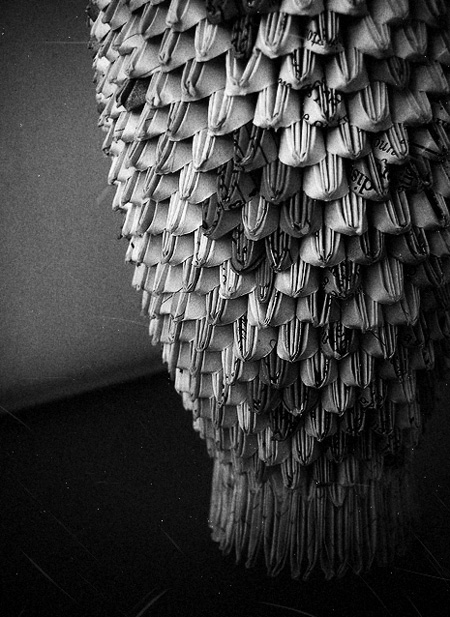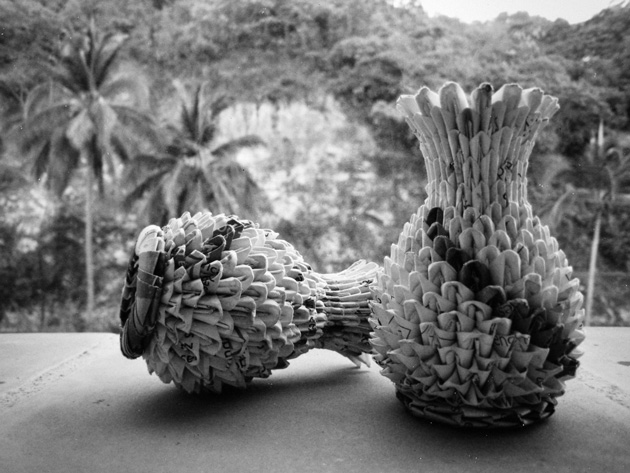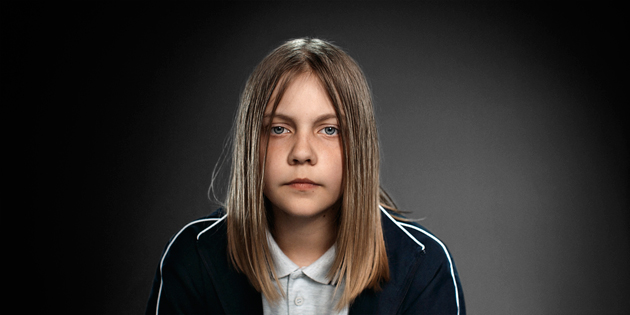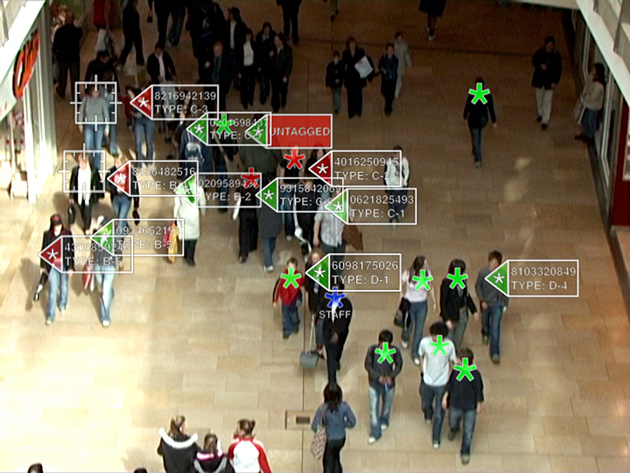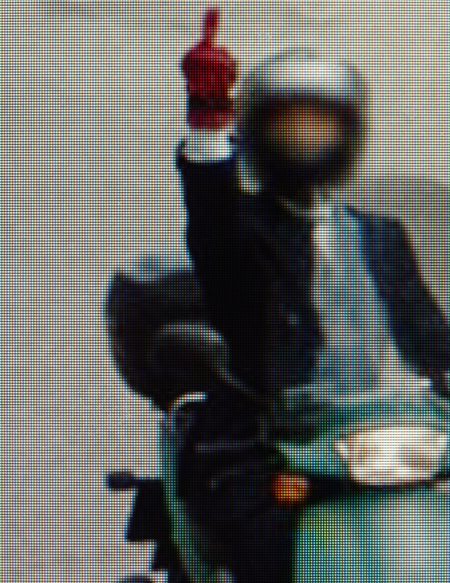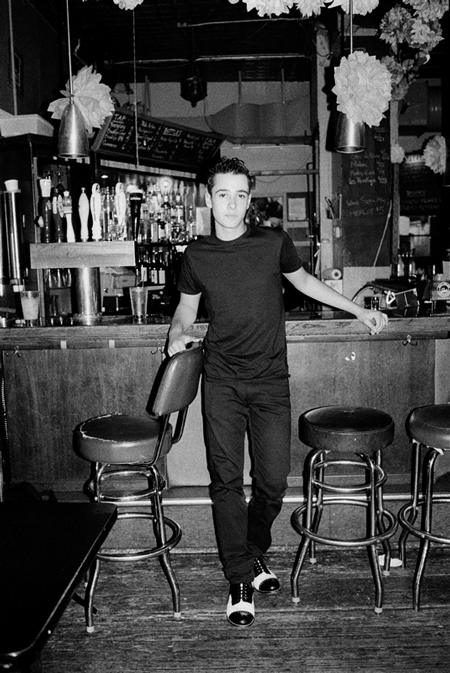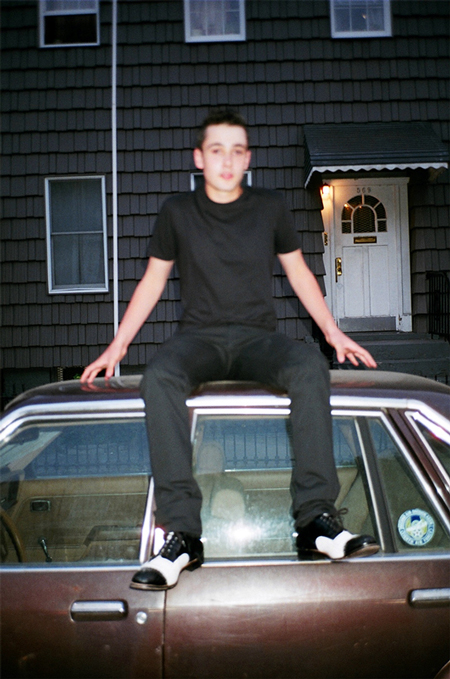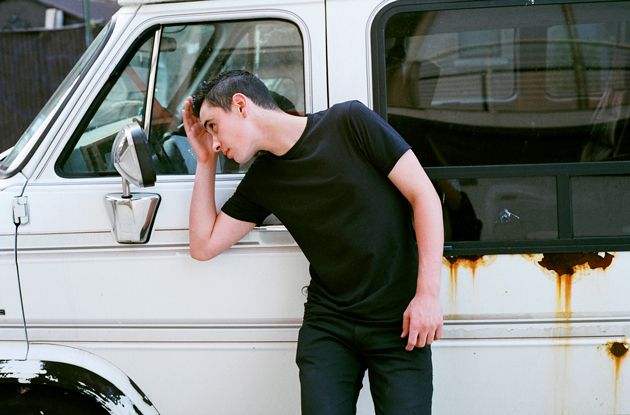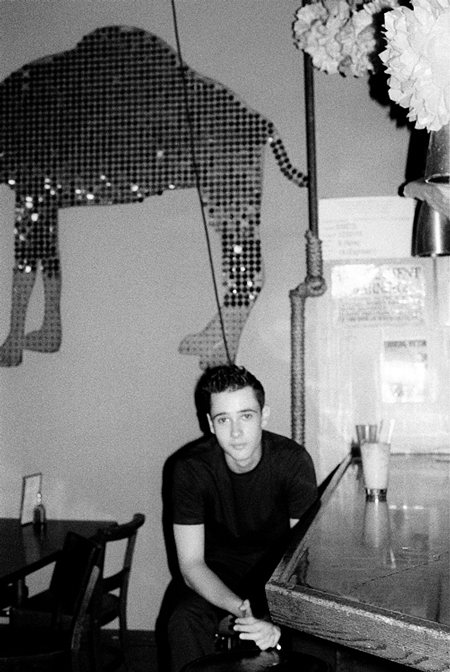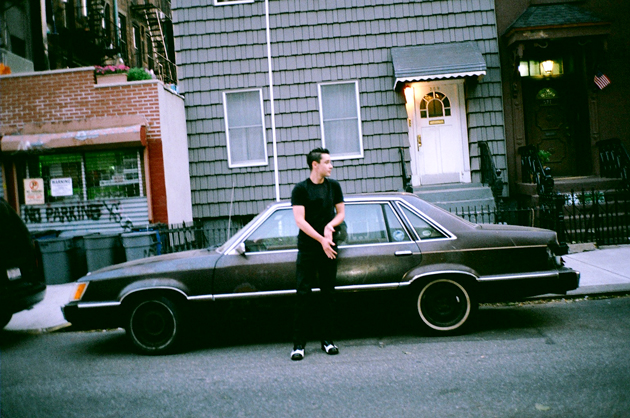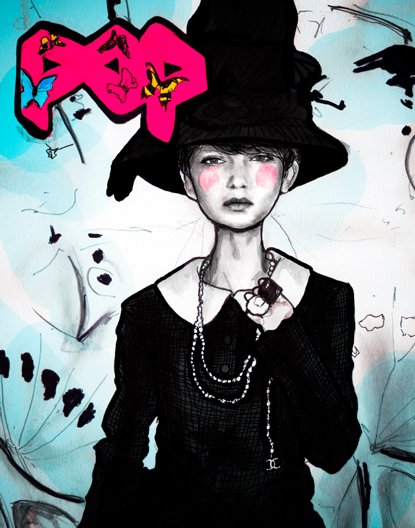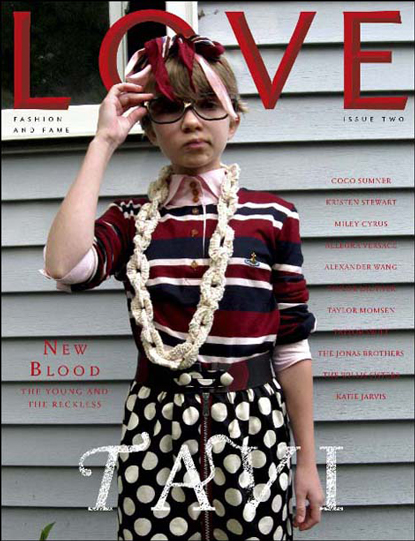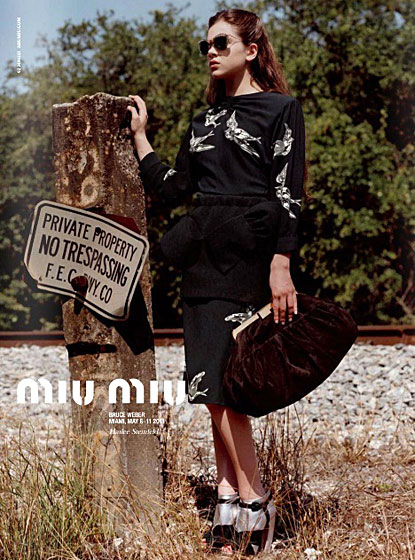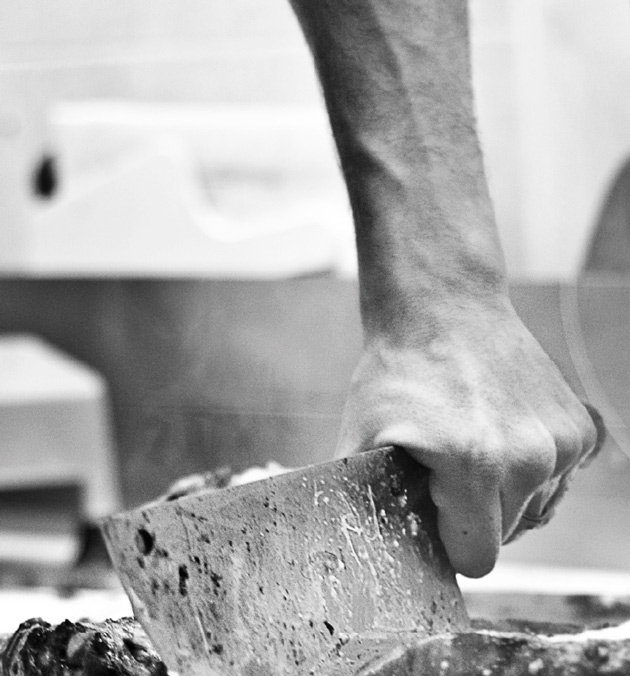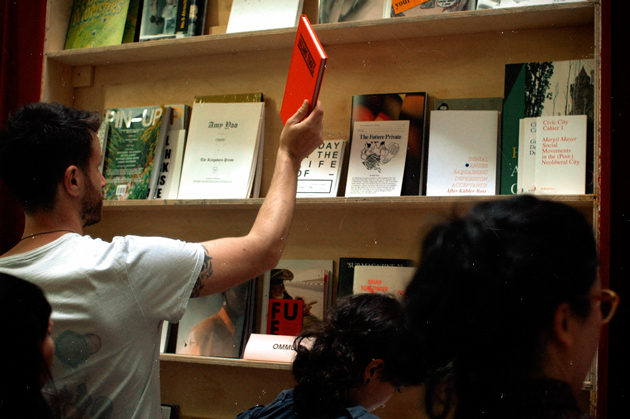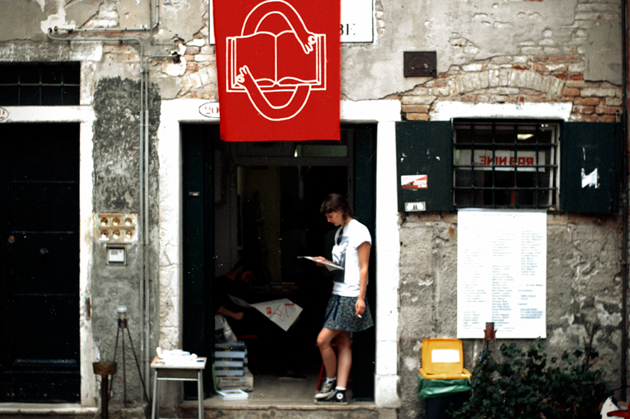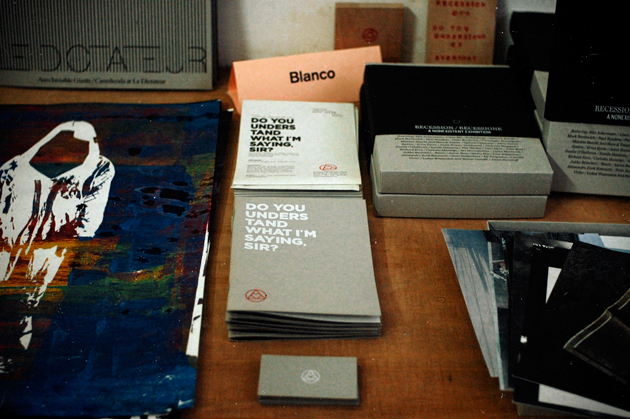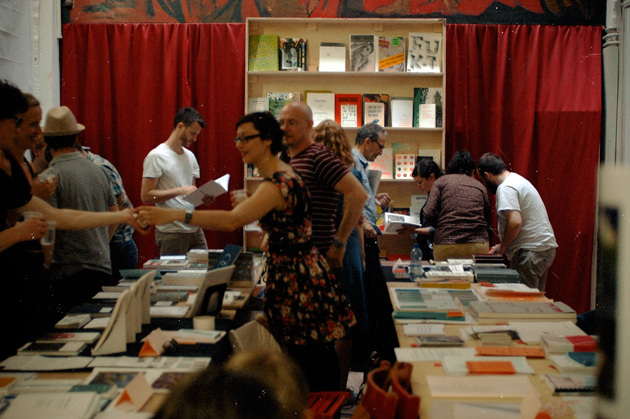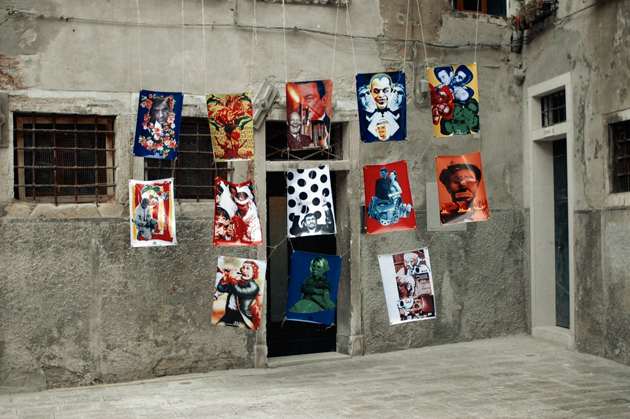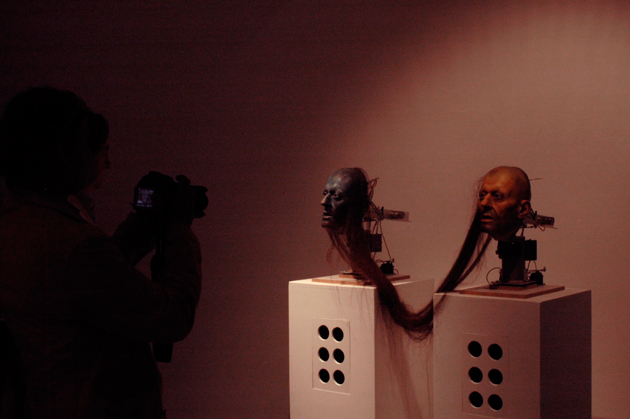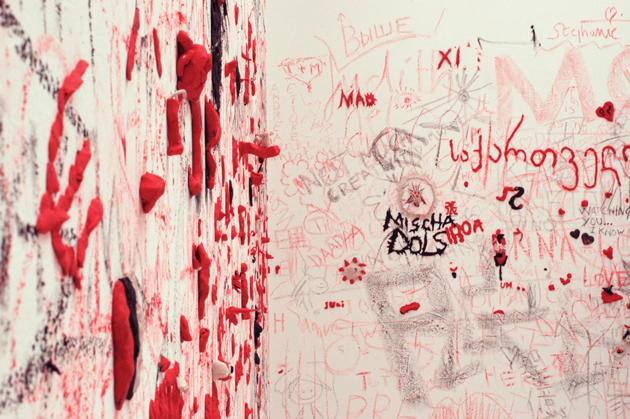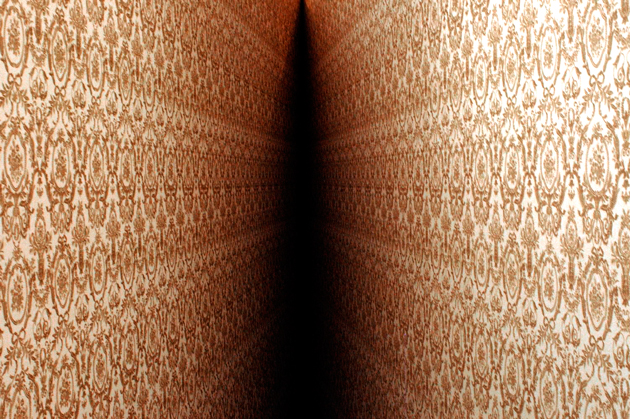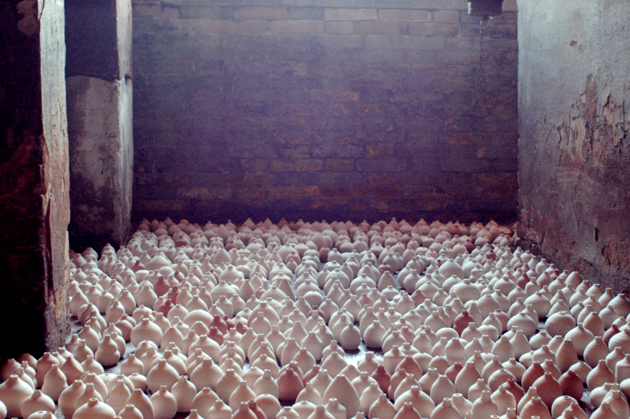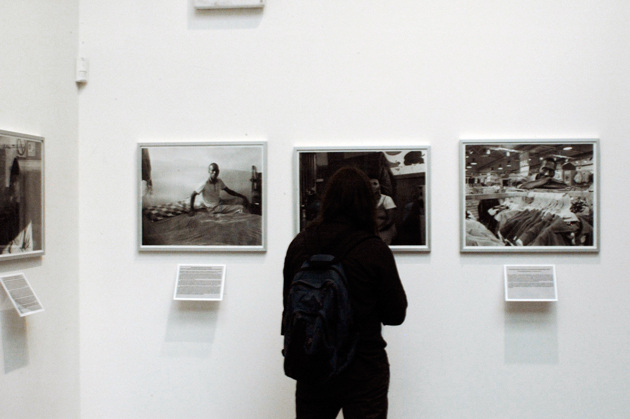.
Guest Interview n°30: Beatrice Fontana
Beatrice Fontana is a créatrice, in the strictest sense. She is considered a maven of taste and is a privileged consultant to the world’s premier luxury brands. In addition, she’s had a role in bringing high-luxury sensibility to very functional objects, and not long ago collaborated on a major project with Parker Pens. Hers is a life of invention and a constant search for inspiration.
We visited her home earlier this year with 2DM photographer Lorenzo Nencioni, where she and her husband showed us their fantastically varied collections of objects, impeccable furniture, enormous music collection and the extraordinarily well-curated home in which it is all contained.
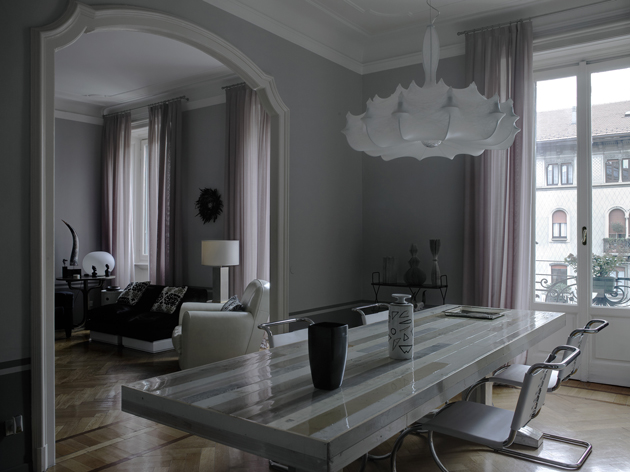
And what exactly does Beatrice Fontana studio do?
We are a consulting practice that studies trends in fashion and design, creating projects and products specially made for brands, our clients.
Your work for Parker pens is quite a departure from you work designing fashion accessories. Did you enjoy such a radical change?
When they called me I was seriously bowled over. But they told me they needed “style.” I accepted, driven by the fact that being charged as Artistic Director would mean that I would be given a new fountains of inspiration and ideas for any type of product.
You collect beautiful things. Tell us about that.
Yes. Mine is a search for style. To collect objects is both a fountain of inspiration and an indefatigable urge just to have them. And also, I like to live among things I love: some represent undying loves, some are a “flash in the pan,” and then, I give them away as gifts.
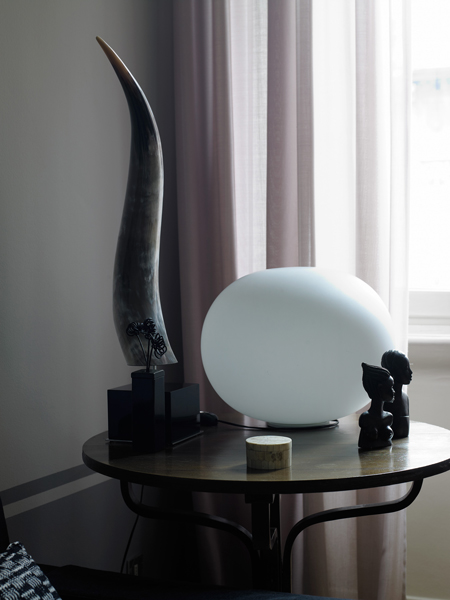
Your husband Corrado is also quite a collector. Has his love of hard rock influenced your creativity?
Certainly! That means that when we visit markets, we choose also the objects that are a little bit more “rock”… But in any case, in our living room we have racks of horns hanging over the room and the skull of a horned buffalo!
And together you and he have carefully curated your home here in Milan that Lorenzo Nencioni photographed recently. How has your personal space important for your creativity?
It’s fundamental! Some days when ideas don’t come to me, I work at home, and I lay out all my work material on our magnificent table by Piet Ein Heik. I pace back and forth on the creaky old parquet and I feel as if I’m in harmony…. It’s there that I find insiration.
Any particular pieces of furniture/decor that you treasure above others?
Memories from my childhood, like two armchairs from the 1970s that are in my living room which I had reupholstered in black calfskin. And a large crystal lamp that hangs over our bed that came from my parents’ room.
You studied at Istituto Marangoni in the 1980s when fashion was drastically different, and Milan was a radically different city. How have you seen fashion and luxury change over the years?
Milan has changed so much. Back then, everything was more simple… you proposed an idea, and it was considered solely based on its creative merit. I remember that I designed in complete liberty, following the inspiration of the moment. Then, the crises hit, minimalism became popular, people became much more cautious about their purchases, and every design is analysed from a marketing perspective. I think, though, that we “grew up” somehow, and that the distance from the frenetic 1980s have done us some good. Today, work is done in a more attentive and balanced manner, but there’s also a large-scale return to creativity as a catalyst for everything.
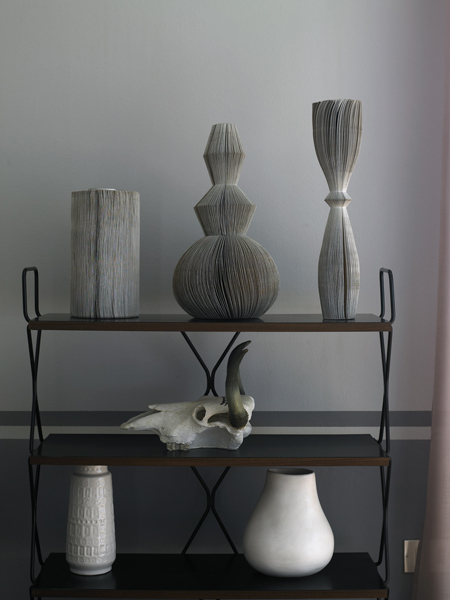
What was Milan like back then?
I remember it being more provincial and perhaps a bit more sorridente (smiley). In Milan we breathed an air of “anything is possible.”
How do you imagine Milan in 25 years?
A bit less liveable and more overcrowded. Unfortunately we are losing our soul bit by bit, even if it’s true that there is no city in Italy like Milan, in Italy we aren’t able to compete with other European metropolises in terms of stimuli, culture, minds…
I have architect and designer friends who come for Salone del Mobile every year and they go crazy for Milan. But sadly, Milan is only marvellous to live in during that one week in April.
What is true luxury, in your opinion?
Finding the answers to your own desires.
Interview and introduction Tag Christof – Italian translation Helga Tripi – Photos Lorenzo Nencioni / 2DM











